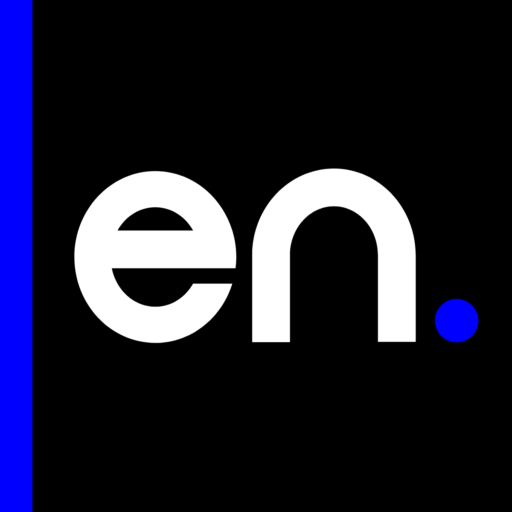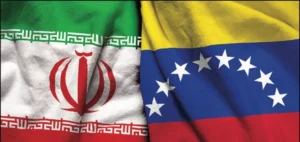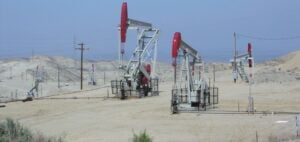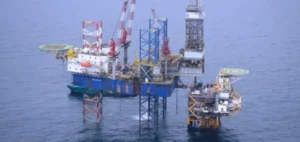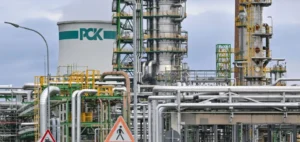For several years, Japan has sought to reduce its dependency on Middle Eastern crude, a region supplying over 95% of its total oil needs. However, the recent production increase decided by OPEC+ may hamper these efforts. The Organization of Petroleum Exporting Countries and its allies (OPEC+) recently adopted a policy to raise their output, further benefiting Persian Gulf barrels over American crude and other arbitrage cargoes.
Japanese refiners, notably Cosmo Oil and ENEOS, acknowledged that despite reduced concerns over supply disruptions of Middle Eastern sour crude, their high reliance remains problematic. Last year, refiners attempted to diversify by boosting crude imports from the US and Canada, but recent economic trends may lead to another year of significant reliance on Gulf producers.
Indeed, rising crude supply from the Middle East, combined with depressed refining margins, makes Gulf crude more economically attractive than American or Canadian counterparts. In Q1 2025, Gulf imports reached 2.45 million barrels per day, accounting for 96.6% of total Japanese imports, according to data from the Ministry of Economy, Trade, and Industry (METI).
OPEC+ Pressure on Pricing Structure
OPEC+ decisions have directly impacted Official Selling Prices (OSP) for Gulf crude, particularly from Saudi Arabia and the United Arab Emirates. For instance, the price differential for Arab Light crude fell sharply from $3.9/b in March to $1.4/b in June, facilitating the purchase of Saudi and Emirati crude for Japanese refiners. This downward trend in OSPs occurs as crude prices from other regions, such as the US, remain elevated due to increased international competition, notably in India and China.
The effect of this dynamic is evident in Japanese crude imports, where US crude imports have dropped by 55% compared to the previous year. Although WTI Midland and WTL remain popular grades for Japanese refiners, the current economic context makes Gulf crude more attractive in terms of cost and logistics.
Role of Sanctions and Market Influence
Increasingly stringent sanctions against Russian oil have altered market dynamics in 2025, driving higher demand for Gulf crude, especially in Asia. Consequently, Japanese refiners observed increased pricing pressure on non-Gulf crudes, even as demand for grades such as WTI Midland remains strong among clients such as India.
Faced with reduced US crude supply, Japanese refiners continue to favor Gulf sour crude, deemed more economically viable for current refinery configurations. According to officials from several refineries, this situation is likely to persist until OSP differentials become more competitive for non-Gulf grades.


